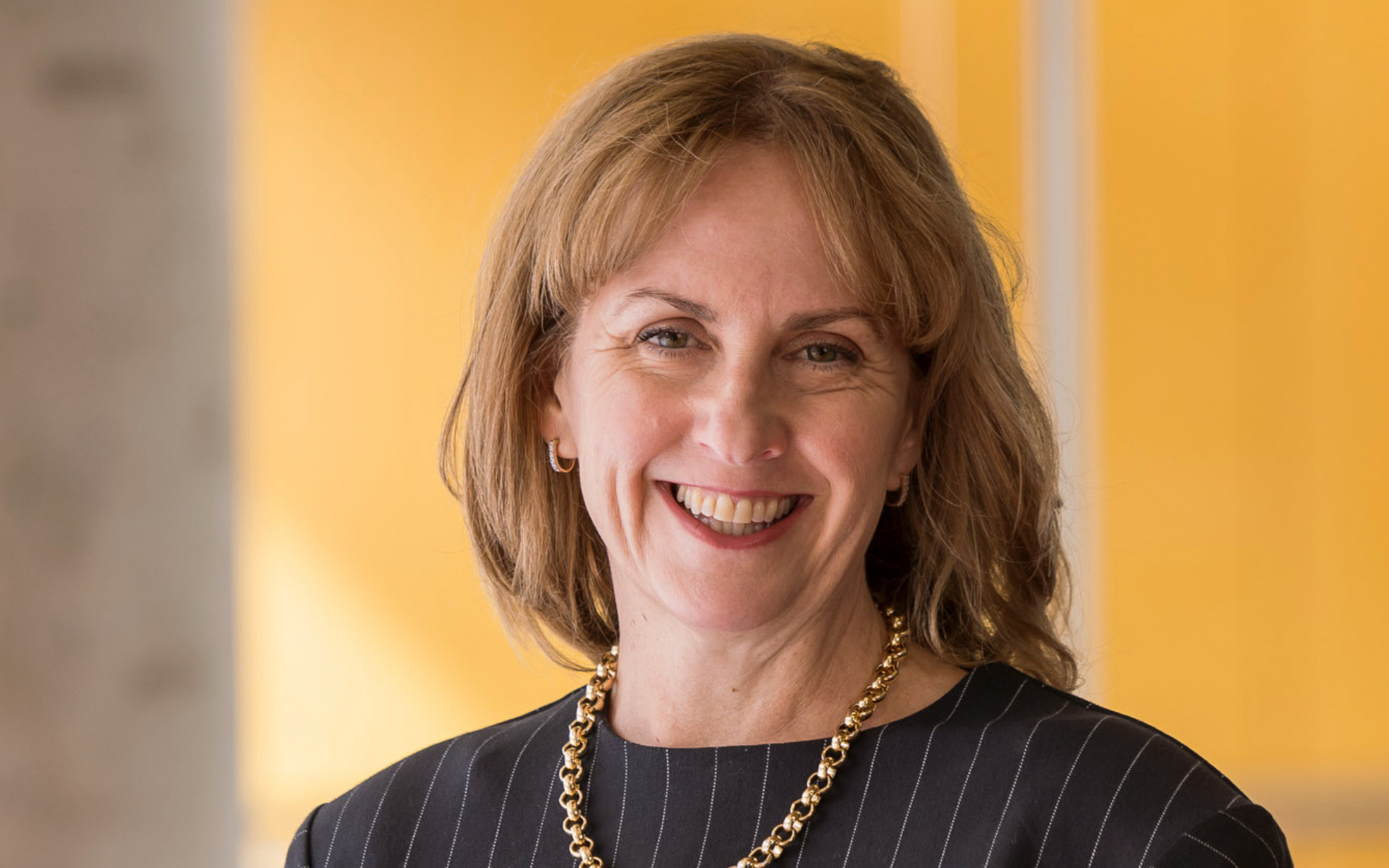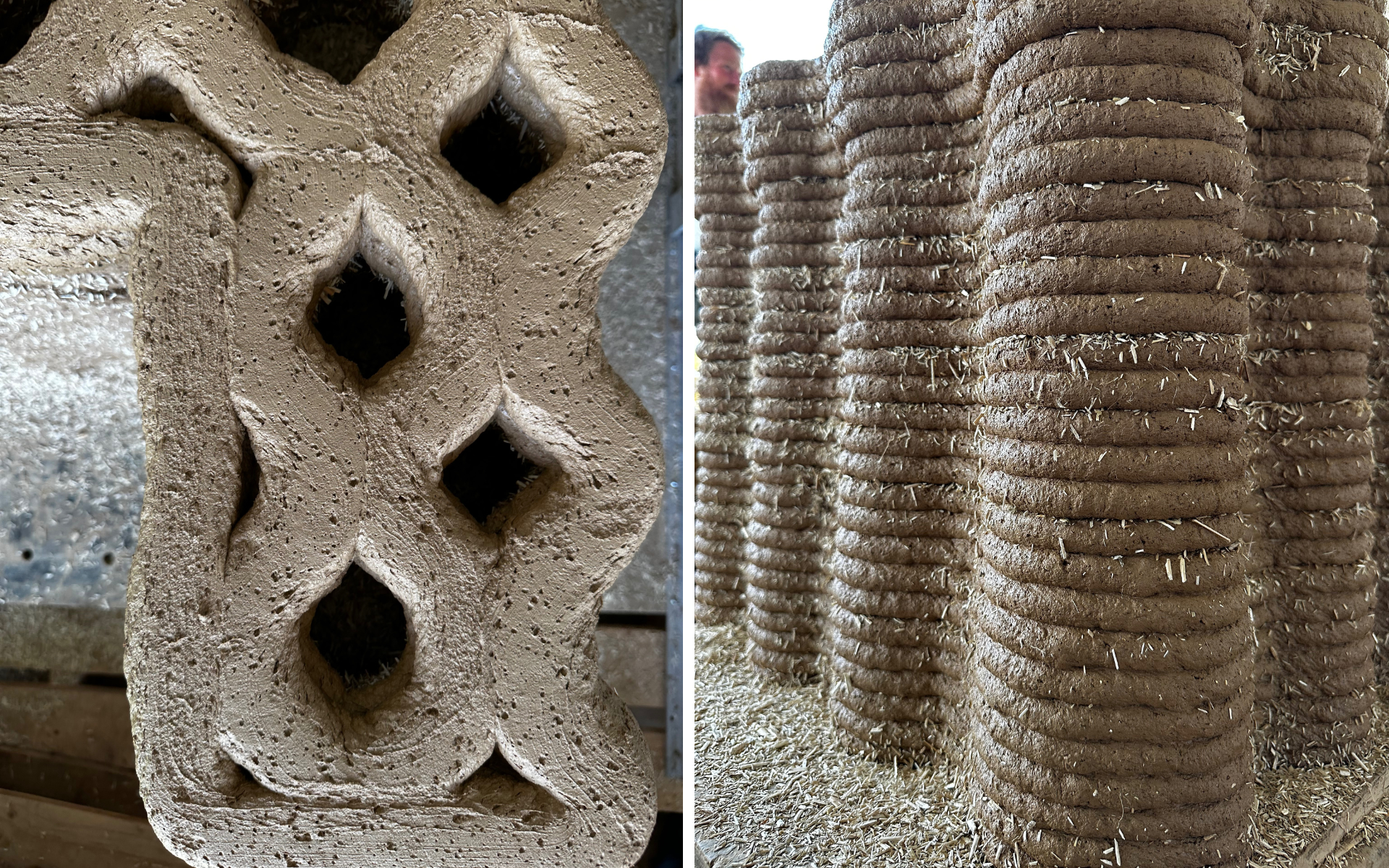Meet the researcher: Dr Kate Dunn
Dr Kate Dunn. Credit: Supplied
Dr Kate Dunn is an academic and researcher at UNSW Sydney in the School of Built Environment. Her current research explores experimental 3D printing, digital fabrication, and robotics, with a focus on developing innovative, sustainable materials for diverse applications — from construction in the built environment to marine ecology projects. By integrating traditional material processes — such as earth building and hemp construction — with emerging digital technologies, Dr Dunn collaborates in multidisciplinary teams of architects, computational designers, scientists, builders, and leaders in digital technology. She convenes and teaches design courses at UNSW Built Environment and has over 15 years of undergraduate and postgraduate teaching experience at some of Australia’s leading Universities.
Dr Dunn has successfully 3D printed with sustainable soils and natural fibres. Credit: Rachel Deeb, courtesy of industry partner Luyten 3D
Tell me about your interest in design, 3D printing and robotics.
Design gives us the opportunity to solve complex problems by focusing on the exact nature of a problem or challenge and then draw on different disciplines to come up with multiple and novel solutions. I grew up in a house of engineers and trades people who were always building house and fixing machines, so robotics and 3D printing were just an extension of the machines and manufacturing processes I was exposed to in my childhood. My first degree in ceramics gave me a good understanding of how materials behave. I then did my PhD at the University of Sydney focused on sustainable materials for 3D printing over 10 years ago and have continued this research throughout my academic career.
How do you use sensors in your work, and why?
Sensors are critically important in evaluating the performance of 3D print structures so that there is constant improvement in the processes. Types can include moisture, temperature and acoustics.
What’s been your most rewarding achievement or moment in your research career?
Successfully 3D printing with sustainable soils and natural fibres, both on campus and onsite.
Close up of a 3D printed wall which used sustainable soils and natural fibres. Credit: Rachel Deeb, courtesy of industry partner Luyten 3D.
I also get a great deal of satisfaction from being able to share my research as part of my teaching. I currently teach a course at UNSW in Construction Robotics in the CODE (computational design) program which looks at the future of the construction industry and how robotics and automation are going to be integrated into the Architecture, Engineering and Construction (AEC) industries. My students come from the disciplines of Computational Design, Architecture, Construction Management and Property, Industrial Design, and Interior Architecture. These students will be the ones who will soon make the decisions on how our cities are built. It is a privilege to introduce them to some of the emerging technology, emphasise the criticality of sustainability and talk with them about what they believe is important in the future of construction and architecture.
What more are you hoping to achieve in your career?
I want to build Australia’s first truly sustainable 3D printed house with materials sourced from the site.
Why is what you do important?
Robotics and 3D printing give us the opportunity to rethink how we build our homes and address Net Zero by 2050. It can help address the housing crisis by speeding up construction, reducing waste and reliance on freight, and help the AEC industries meet the demands of the Australian population.



